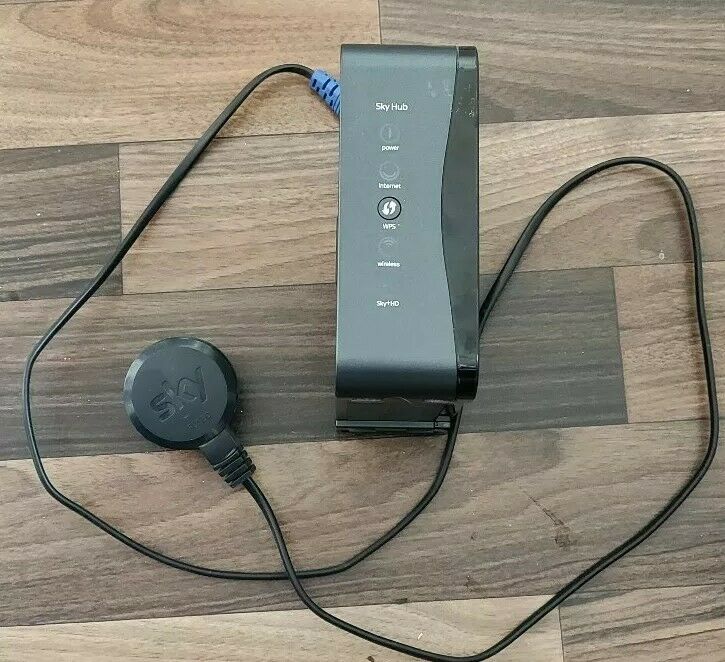

Consider discussing what aspects they enjoy about being connected, what kind of websites they like, ask how they stay safe online and explore what they would do if they saw something that made them uncomfortable. Dialogue: Open a dialogue about how young people use and view the internet and avoid expressing judgment about their decisions even if they include use of the dark web.Remember, that young people may not necessarily be using the dark web for illicit reasons and that equivalent risks exist on the open web. Knowledge gaps between professionals and the young people they support may be apparent when it comes to online activity. Building up awareness over such issues could facilitate smoother conversations. For young people who may be seeking information around extremist views, it also connects them with individuals who may seek to exploit them. It also connects young people to criminals who may seek to exploit them. Illegal activity: Being able to access and buy illicit materials puts a young person’s safety and physical health at risk.This can include illegal drugs, weapons, explicit imagery or indecent images of children. Hidden services: The access to hidden services poses a risk to young people as it exposes them to a wide variety of items and content that would not be permissible on the open web.


This means that policing and investigating these spaces is inherently problematic. In addition, the level of anonymity that the dark web offers means that perpetrators of child abuse have their identity hidden. These include suicide “advice” pages, pages that promote self-harm, pro-bulimia, and pro-anorexia forums. Anonymity: There are a wide range of “forums” within the dark web that a young person could be accessing anonymously.


 0 kommentar(er)
0 kommentar(er)
